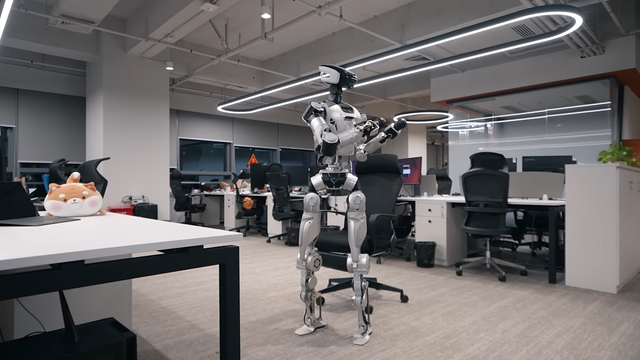Robots that stretch before working
Robots that stretch before working

To what extent do we want machines to look like us?
Equipped with onboard sensors and real-time terrain perception
Follow my publications with the latest in artificial intelligence, robotics and technology.
If you like to read about science, health and how to improve your life with science, I invite you to go to the previous publications.
If you like to read about science, health and how to improve your life with science, I invite you to go to the previous publications.